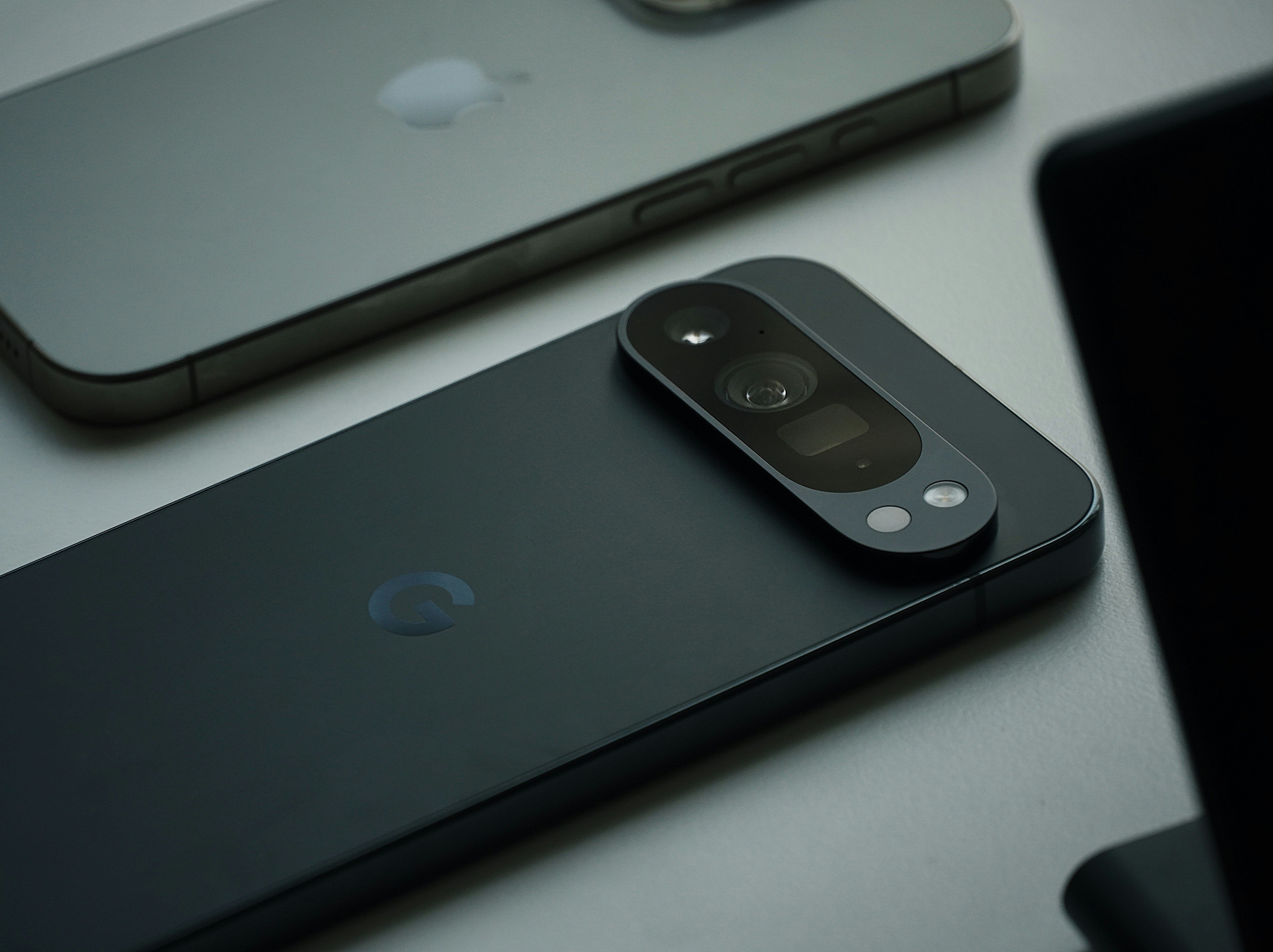The Ultimate Guide to Choosing Tech Stack for Your SaaS Product
Overwhelmed by the Tech Stack Maze? Avoid Costly Mistakes & Build a Foundation for Success

People need speed. Aberdeen’s June Benchmark report found that even just a lag of one second can lose customers for your app. Think about it: just a one second delay can lose you a decent amount of potential users. Sometimes, that seems impossible to work around depending on how much stuff you have in your app. Slow speed is another costly mistake app developers need to avoid.
Nobody wants to wait forever nowadays. In fact, nobody wants to wait longer than a few seconds. For better or worse, we live in an age of instant gratification, and people need things now. And if your app isn’t up-to-speed, so to speak, then users are quite likely to move on to the next thing.
So how can you work around this? What are some potential strategies to help speed up your app? Yes, you can use usability testing to figure out problems with site speed, but you can also preventatively avoid it by following the steps below. Look no further—we’ve got you covered.
1: Per Google, Prioritize Above-the-Fold Content
ATF content are those page elements that are at the tip-top of your information hierarchy that tells the user exactly what they need to know about your site, app, service, or product. Think headers, about us sections, and the menu.
When developing apps, it’s important to focus on making sure this content loads faster than anything else. This is the part that you can’t afford to have a one-second delay on. Not only will it lose you customers, but search engine crawls are less likely to pick it up in search results if it shows your site moves too slowly.
According to Google, some of the best methods for doing this are minimizing the number of redirects, avoiding external blocking JavaScript and CSS, optimizing JavaScript execution and rendering time, and letting the server render the response.
2: Reduce Your Overall Content
It’s important to have your most crucial elements on the home page, and little else. Focus on what’s most important in regard to your information hierarchy (typically the Above-The-Fold Content), and having little else on the page. Having more content can, obviously, slow down the site.
Instead of loading everything into an endless scroll on the homepage, make sure you have other pages that appropriately have the information housed that you need them to have. Your About Us should contain your vision, mission, the problem you’re solving, your history—what-have-you, but not your home page.
Additionally, limit the functionality on your mobile site or app. Disable ads, sidebars, fancy menus, or anything extraneous that isn’t crucial to the design or what you’re selling. Microinteractions are important, but don’t flood your app with so many that people are unable to load your app.
3: Avoid Pop-Ups
We’re not necessarily doubting the efficacy of pop-ups, as they can generally be quite helpful in generating leads, conversions, and email signups. But they’re not particularly effective on mobile devices, and can be far more annoying than pop-ups on actual websites.
Not only will they slow the app down, or your mobile site down, but they’ll also cause a search engine crawl to not push your site to the top of search results because of the specific coding behind pop-ups, and the speed delays it puts on your product. Instead, work on having effective CTAs or conversion points (perhaps with a pop of color, red is usually quite effective) somewhere on the home page or elsewhere.
4: Resize Your Images
Be careful about having images that are too massive that they slow down the site. If you’ve created a site, then make sure you initially have uploaded images that are the appropriate size and no larger than they need to be for their function. Secondly, work on minifying or compressing the images using minify software plugins. In fact, compress everything!
Additionally, make sure your images are JPEGs. PNGs are fine, but JPEGs are much more effective. And make sure that whatever pixel size you need them to be (say, 50×50) is what the file dimensions actually are. You don’t want a 1060×1060 image to fit in for 50×50. It’ll slow down your site as it’s an unnecessary damper on your speed.
If at all helpful, think about implementing visual placeholders like Facebook during load times so it doesn’t seem like it’s loading. If you can’t get around load times, this is a great way to make it seem on purpose.
5: Consider Your Coding
Do not, and we repeat—do not—have any extra code that isn’t crucial for your app or site. If you need to hire a developer to crawl through your code and delete unnecessary components throughout it, then it’s totally worth the money. Excess code that doesn’t do anything can seriously slow down your site or app on mobile devices and, well, to emphasize, it doesn’t actually do anything so it shouldn’t be there at all.
For coding images, they should look like <img src= “ “>, with the file name in quotations. Also make sure you use external CSS, and not work it inline next to HTML as that can seriously slow down your site.
Subscribe to our newsletter.

Overwhelmed by the Tech Stack Maze? Avoid Costly Mistakes & Build a Foundation for Success

Building an app is hard enough, so building it twice? Well, many companies don’t want to spend that kind of time and money. That’s what makes...

Only about half of private sector IT projects are completed on time, according to research by McKinsey. In other words, one in every two software...
Post
Share